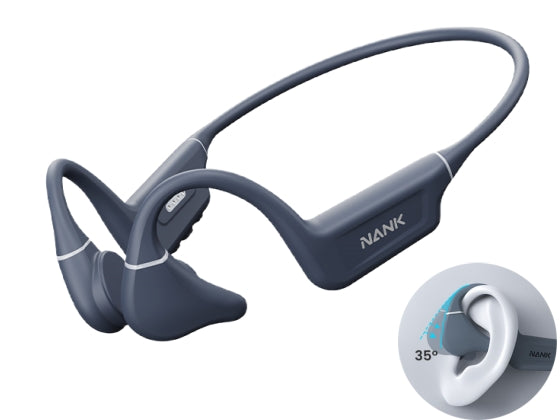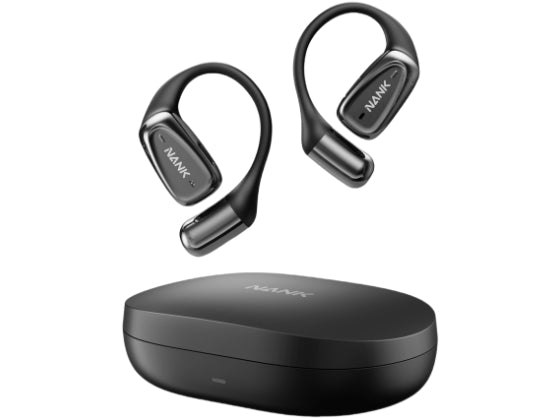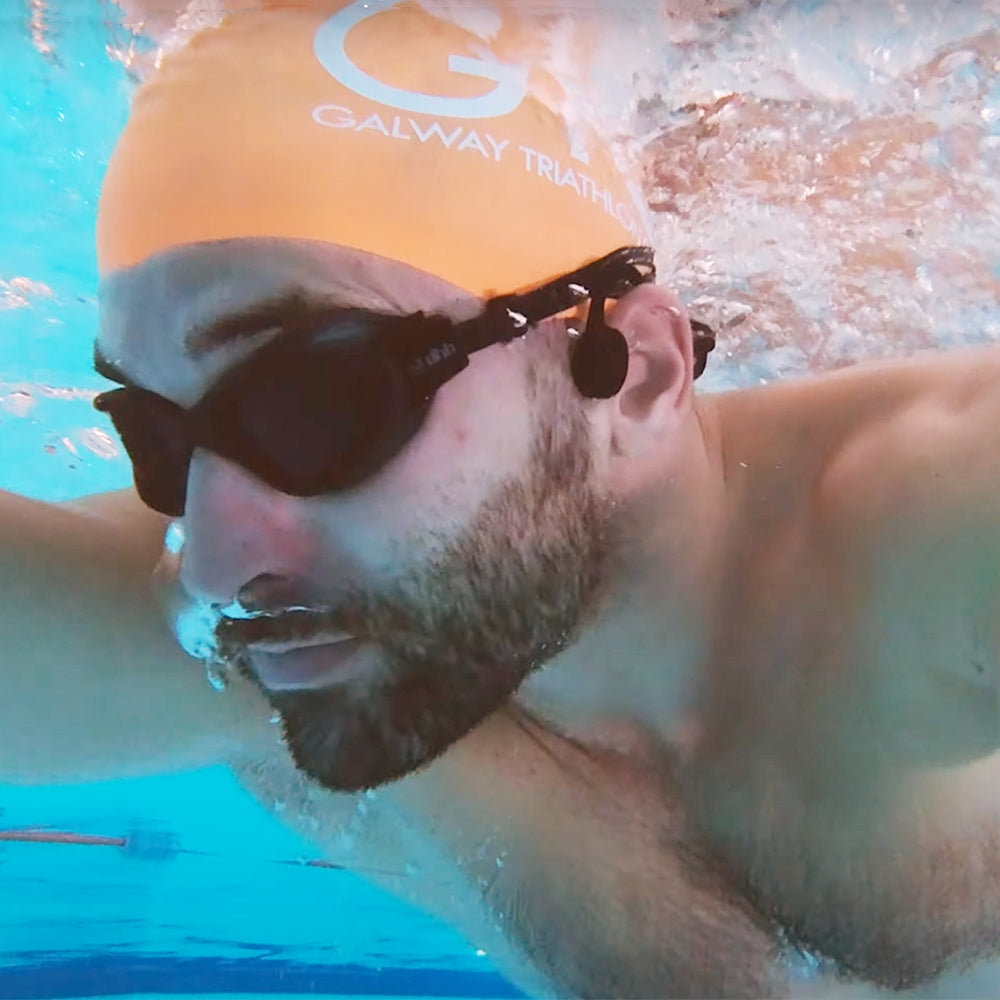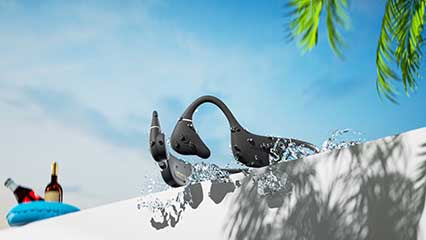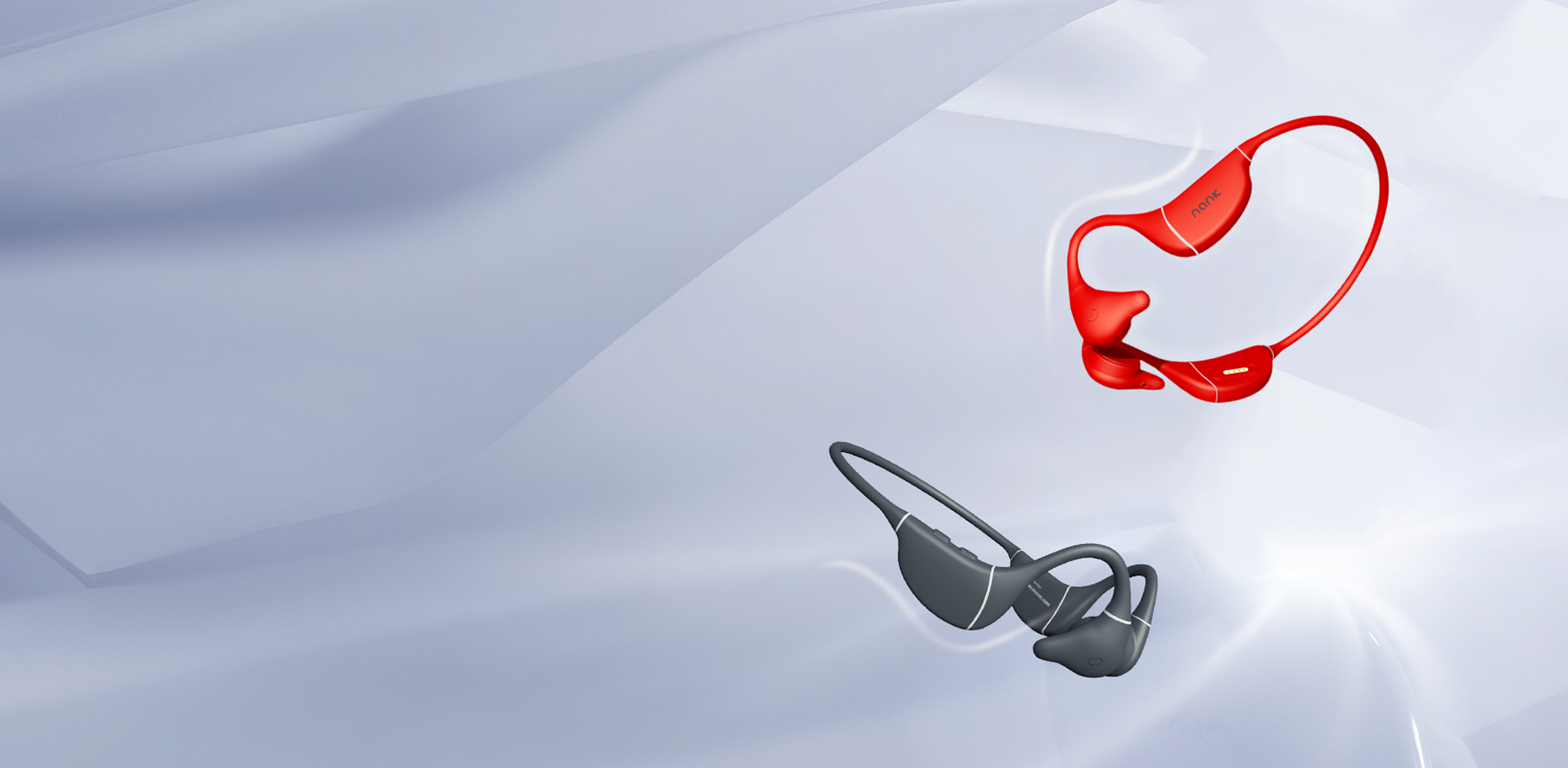Selecting the ideal audio gear for swimming can be a daunting task, with numerous options ranging from bone conduction headphones to traditional earbuds. To make an informed decision, it's essential to evaluate the pros and cons of each. This blog post serves as a comprehensive guide, comparing bone conduction headphones and swimming-specific earbuds in detail.
Section 1: Best IP68 Waterproof Bone Conduction Headphones
What are Bone Conduction Headphones for Swimming?
Bone conduction headphones are specialized, water-resistant audio devices designed to deliver sound through vibrations directly to the inner ear, bypassing the eardrum. This comprehensive guide explores the unique features, advantages, and disadvantages of bone conduction headphones, emphasizing their suitability for swimming environments.
Pros of Bone Conduction Headphones for Swimming:
Enhanced Situational Awareness with Open-Ear Design: Bone conduction headphones excel in open-water scenarios, providing heightened situational awareness critical for safety.
Unparalleled Comfort for Extended Sessions: Offering unparalleled comfort during prolonged use, bone conduction headphones eliminate discomfort associated with water trapped in the ear canal.
Durability Tailored for Aquatic Environments: Constructed from materials like titanium, bone conduction headphones boast durability and resistance to chlorine and saltwater corrosion.
Consistent Performance in Intense Activities: While some users report movement during vigorous swimming, many models feature adjustable bands and grip features for stability during intense activities.
Cons of Bone Conduction Headphones for Swimming:
Different Auditory Experience: Users may experience a unique sound profile with bone conduction technology, requiring an initial adjustment period.
Higher Price Tag: Compared to traditional swimming earbuds, bone conduction headphones often come with a higher initial investment.
Potential for Movement During Intense Activities: Some users report shifting during vigorous swimming, but many models offer solutions to counteract this issue.
By providing an in-depth exploration of these aspects, this guide aims to help swimmers make informed decisions based on their priorities and preferences.
Section 2: What are Earbuds for Swimming?
Pros of Earbuds for Swimming:
Good Sound Quality for Audiophiles: Swimming earbuds deliver good sound quality, creating a seal within the ear canal for a richer audio experience.
Budget-Friendly Without Compromising Quality: Affordability is a key advantage, making swimming earbuds accessible to a broader audience.
Sleek and Discreet Design: With a sleek profile, swimming earbuds are less noticeable and offer a more streamlined appearance.
Cons of Earbuds for Swimming:
Safety Concerns Due to Sound Isolation: Sound isolation can be a safety concern, blocking ambient noise and affecting situational awareness.
Risk of Discomfort and Infection: Earbuds may trap water, leading to discomfort and potential infection, though some models aim to address this concern.
Stability Issues During High-Intensity Activities: Despite features like wingtips or ear hooks, stability issues during intense swimming sessions may arise.
Final Words:
The concluding section provides a summary of the comparison, emphasizing the importance of individual preferences and priorities in making a tailored decision between bone conduction headphones and earbuds for swimming.
FAQ:
Q1: Can bone conduction headphones be worn for long durations during swimming sessions?
A1: Yes, bone conduction headphones are generally designed for extended use during swimming. Taking breaks is recommended to prevent discomfort and maintain awareness.
Q2: Do swimming earbuds work well in noisy outdoor settings?
A2: Swimming earbuds are effective in delivering good sound quality in various settings, making them suitable for both indoor and outdoor use.
Q3: Are bone conduction headphones suitable for air travel?
A3: Yes, bone conduction headphones are ideal for air travel, providing entertainment without complete isolation, especially when paired with earplugs.
Q4: What materials are recommended for earplugs used with bone conduction headphones?
A4: Softer, foam earplugs are recommended as they provide noise reduction without completely muting all sound, enhancing the overall auditory experience.

